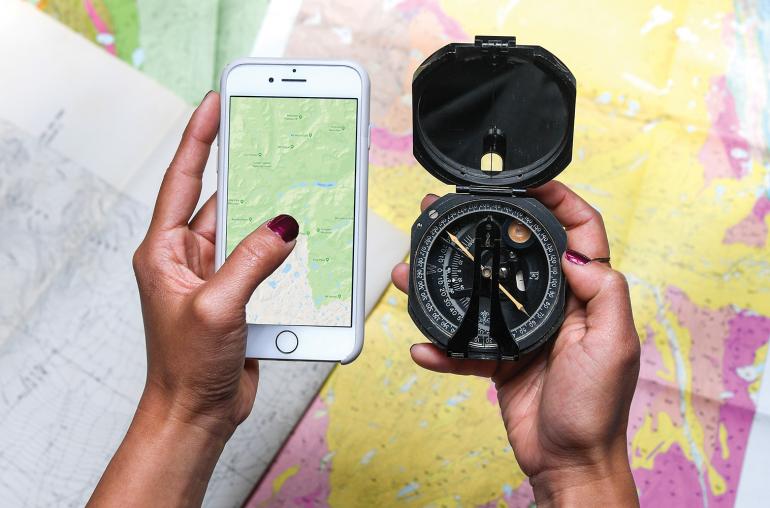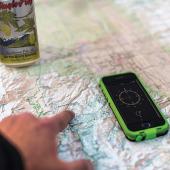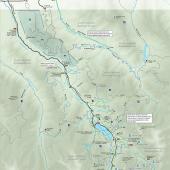The Lost Art
Relearning the map & compass.
We have become the ET Phone Home generation. Don’t get that reference? Google it.
It means we are so dependent on our phones that we are lost without them—in some cases, literally.
How many people these days could find their way out of the woods if their phones crashed?
I have been turned around and ended up miles off track, many miles. So far, none of these experiences have been life-threatening, though discouraging and labor-intensive to correct. This frustration can wear you down mentally as well as physically tax you as you work to regain your bearings and get back on track.
Enter the largely lost skill of land navigation. An increasing number of people rely more and more on GPS units. These same people can barely navigate their devices’ menu options, let alone navigate via map and compass. The perceived ease-of-use of these devices is actually enabling the development of a dangerous false sense of security. You see this from visiting and resident hikers alike, as well with hunters who depend on downloadable information to identify legal hunting areas.
While GPSs are great, they should not replace a solid route-finding knowledge based on the basics of map, compass, terrain association, and celestial bodies. Anyone who ventures into the wilds is well-served by a working knowledge of the art of land navigation. I got started with figuring out my way off the beaten path with your run-of-the-mill topographical map. You can find these invaluable resources at most outfitters, land-agency offices, and gas stations. A quick search on YouTube can get you familiar with the use of these in just a few minutes. I never venture without a topo map in my pack. Not only will you get the basic lay of roads, trails, and streams, but you will be able to create a mental layout of the terrain and obstacles.
How can you get unlost with just a topo? Well, now that you have a layout of your surroundings, you can start looking around and identifying land features, and then reference your map in order to get a rough estimation of where you might be. A long line of sight is key—you might have to climb a tree! I had to reference a map last summer after following a buddy’s “gut instinct.” After a couple of minutes of identifying peaks and ravines within view, I decided on a direction that would presumably get us back onto another trail. I did this without a compass bearing or a north reference, and we soon found the trail.
Proper use of a topo is the first step; throw in some skill with a compass and when your iPhone dies, it won’t matter that you can’t phone home. There are numerous options out there to build your knowledge and ability. Local outdoor stores offer modules on the topic, and we at Fortress offer a Land Nav 101 course throughout the year for developing your navigation skills.
John Betancourt owns Fortress Combat Arts in Bozeman.












